
1
 Suicide:
Suicide:
The ProblemSuicide is a whispered word, inappropriate for polite company. Family and friends often pretend they do not hear the words dread sound even when it is uttered. For suicide is a taboo subject that stigmatizes not only the victim but the survivors as well.
Of course, any natural death has its share of emotional repercussions: loneliness, disbelief, heartache, and torment. With self-inflicted death, the emotions are intensified to unbelievable and unbearable proportions. People with suicidal intentions are under intense mental strain which they feel incapable of resolving. If they succeed in taking their life, those left behind experience not only the pain of separation but aggravated feelings of guilt, shame, anger, and self-blame. The act of self-destruction raises the obvious questions Why? and What could I have done to prevent it? Anxious and grief-stricken, each survivor asks: How can I face my friends? What will they think of me? Death is a robber. Death by suicide, however, represents the greatest of all affronts to those who remain. As Dr. Edwin S. Schneidman, the famous suicidologist said: The suicidal person places his [or her] psychological skeleton in the survivors closet.
Until recently, the twentieth-century person thought of suicide as a private matter. Even many physicians believed that individuals were entitled to die as they wished. To most, self-imposed death was some bizarre form of unconventional behavior, which usually signified insanity. Today, with a greater awareness of the increasing complexity of human life, we must acknowledge that suicide is more than just a personal decision; it is a disease of civilization. The iron curtain of silence must be lifted!
The purpose of this book is both to remove ancient myths and to review the recent studies that have broadened our knowledge of this human dilemma. What can we do for the prevention of suicide, to achieve a clearer understanding before the horrible fact? What can we do for the intervention of suicide, to enter into helpful communication during the overwhelming crisis? And finally, what can we do for the postvention of suicide, to provide meaningful support for those who have experienced the intolerable loss of a loved one through self-inflicted death?
The philosopher George Santayana once said: That life is worth living is the most necessary of assumptions, and were it not assumed, the most impossible of conclusions.

Suicide Could Happen to You
Almost everybody at one time or another contemplates suicide. Self-destruction is one of many choices open to human beings. Dr. Joost Meerloo, author of Suicide and Mass Suicide, declared: Eighty percent of people admit to having played with suicidal ideas. And the medical statistician Louis I. Dublin told an astonished audience of physicians in Los Angeles:
It would not be rash to estimate that perhaps as many as two million individuals are now living in our country who have a history of at least one unsuccessful attempt at self-execution. A great many of these will try again. On the basis of a recent study, ten percent will ultimately succeed. This fact must be emphasized in order to impress the huge size of the problem with which we are involved and to focus attention on the need for a more concerted effort on the part of socially oriented groups to attack this problem seriously.
No single group, race, or class of people is free from the unpardonable sin of society. Though a person may never utter the word suicide, does this mean that she or he is totally free of death wishes? Everyone has a tendency to self-destruction which varies in degree of intensity from individual to individual and from one society to another. Psychologists find that the wish to die is frequent among children and that suicidal fantasies are common in normal adults.
These suicidal wishes can be expressed in different ways;
If I died now, my parents would be sorry for being so mean to me.
I would rather die than go on living this way.
Im tired of life.
You would be better off without me.
I wont be around much longer for you to put up with.
If these expressions seem to the casual observer to be unrelated to suicide, it must be emphasized that these precise words are the verbal sentiments expressed in presuicidal communications and conversations.
Threats can turn into action. In place of a passive acceptance of unmanageable difficulties comes an active declaration of independenceself-imposed death. It is as if the victim cries out; At least I am competent to do this!

Incidence
Once every minute someone tries to kill him- or herself with conscious intent. Sixty or seventy times a day these attempts succeed. Each year in the United States alone some 25,800 reported persons take their own lives.
Unquestionably the number is even higher, since the true cause of death is often unreported or masked under labels like accidental death. Some believe that the actual statistics could be as high as 100,000. According to Gregory Zilboorg, former psychiatrist-in-chief of the United Nations: Statistical data on suicide as compiled today deserves little credence. All too many suicides are not reported as such.
What constitutes suicide in one county, city, or state is often not the same in a neighboring area, for the coroner, who may be an elected political official and not a physician, would prefer to list other, more acceptable causes of death.
To many people, suicide is an affront to God, the family, community, and society, and few experts doubt that many unnatural deaths are covered up. A police chief in a local town admitted, If a man hangs himself, we just cut him down, rush the dead body to the hospital, and enter some other malady as the cause of death. This way we spare the family the terrible disgrace. The true American suicide rate may be two to three times the reported statistics.
The problem is getting worse. There is a marked increase in the number of attempts and deaths by young people aged fifteen to twenty-four. Prior to the late 1960s, that group made up a relatively negligible number of total suicides. Since 1960, suicide among adolescents has increased 265 percent.
It is estimated that there are approximately 100 suicide attempts for every completed suicide. Every year, 10,000 older Americans kill themselves. Although the aged comprise 11 percent of the population, they account for 25 percent of the reported suicides.
Suicide, which once ranked twenty-second on the list of causes of death in the United States, now rates ninth, and in some states, sixth. Today, the toll is greater than the combined deaths from typhoid fever, dysentery, scarlet fever, diptheria, whooping cough, meningococcal infections, infantile paralysis, measles, typhus, malaria, bronchitis, and rheumatic fever.
The number of suicides is grossly underreported for a number of reasons. Families are reluctant to have the death pronounced a suicide, not only because of the social stigma attached, but also because of the possible loss of life insurance benefits, since many policies do not pay face value under these circumstances. Equally important is the fact that authorities do not always agree upon the manner of death.

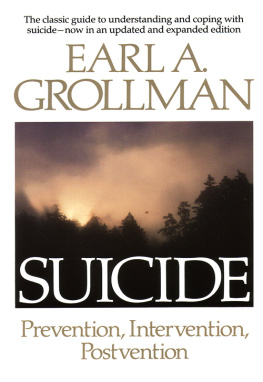
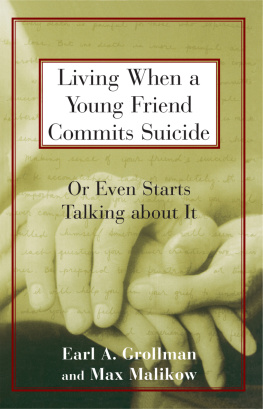
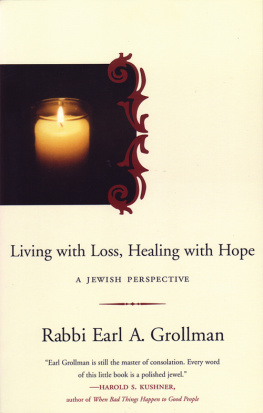
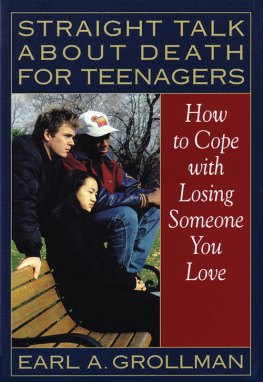
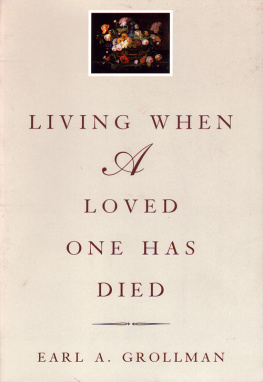


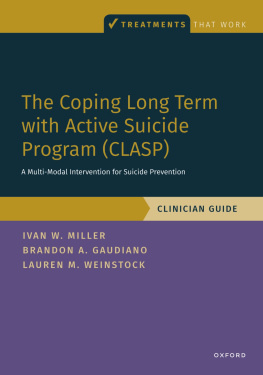

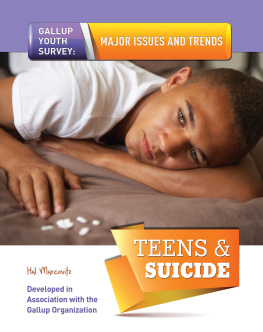



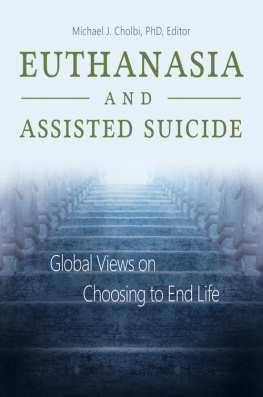
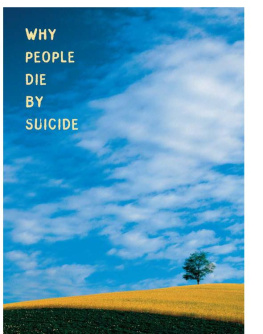
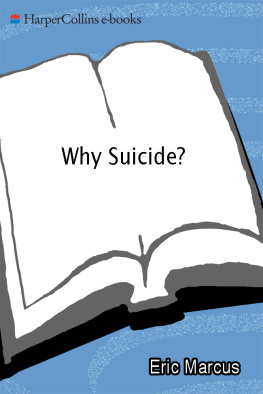


 Suicide:
Suicide: